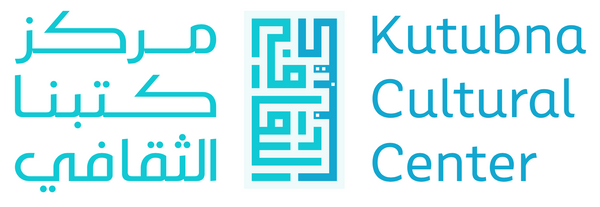Artist Spotlight: Alina O’Dwyer

By Rushda Rafeek
1. After a master’s degree in clinical psychology and doing the 9-5 corporate life, how would you describe your shift to becoming an artist? What do you consider to be your most significant artistic development during that period?
My transition from office life to an artistic life coincided with my relocation to Europe. I no longer felt passionate about continuing in an office job, so I decided to pursue what truly inspired me—art. I began my creative journey with photography, focusing on travel and portrait work. Later, during my pregnancy, I discovered a deep connection with painting and began to explore that medium seriously.
One of the most significant milestones in my artistic development has been finding my own style and identifying the themes that resonate with me. Additionally, participating in several international exhibitions has been an exciting and fulfilling experience, allowing me to connect with the global art community.
2. What is your work schedule like? How long do you spend working at your craft, and how do you improve?
I dedicate every working day of the week to my art practice. While being an artist is often seen as a purely creative profession, there are many routine tasks involved as well. My day-to-day includes research, keeping up with art market trends, uploading my work online, communicating with clients, and preparing documents for open calls and exhibitions. However, painting remains the core of my routine. Some days, I focus on quick sketches, while on other days, I dive into larger, more detailed projects. I’ve found that improvement comes with every new piece I create—the more you practice, the better you get.
3. You say that you first came into contact with the world of art when you chanced upon a monument honoring the Russian artist Kazimir Malevich in a small Russian village. Could you tell us more about this encounter?
That’s a great question. I’m originally from Russia, which is famous for its classical art. However, growing up, we were never really introduced to contemporary art in school. So, when I first encountered abstract art, it was a real revelation—it was like a shock, but in a positive way. I became deeply fascinated and eager to learn more about movements like Suprematism and abstract art in general. It felt like I had discovered an entirely new world. The experience reminded me of the moment when I first saw Black Square by Kazimir Malevich—it opened a whole new chapter in art, just as abstract art has opened a new chapter in my own life.
4. Could you explain your thoughts on abstract art in the UAE and what you hope to accomplish with this exhibition?
I’ve noticed that abstract art has become increasingly popular, both in the UAE and globally. In the UAE, abstract art has evolved into a dynamic and integral part of the country’s contemporary art scene. Given that the UAE is such a multicultural country, the abstract art scene here is a fascinating blend of diverse cultural influences and experiences. From a local perspective, abstract art often draws inspiration from Islamic calligraphy and geometry, as well as the desert landscape and Bedouin heritage. I find this fusion of culture and history in art truly inspiring.
There are many myths surrounding abstract art—one of them being that "children can paint abstract art." In reality, this couldn’t be further from the truth. As many artists know, abstract art is actually one of the most challenging forms to master. It requires a deep understanding of composition, emotion, and technique.
This exhibition at Kutubna is a wonderful opportunity for me to showcase my rare abstract pieces to a wider audience.
5. It's interesting that most of your work keeps up with vivacious color and shape combos. You also explore people and animals, particularly women to showcase their inner strength and independence. What motivates you to come up with these ideas?
My artistic style has developed through consistent practice. The bright colors in my work emerged naturally as I experimented with different color combinations in my painting. Over time, these vibrant hues became an essential part of my artistic expression.
The animals in my art are inspired by my love of travel. I’m particularly drawn to places with wild, untouched nature, rather than cities. Exploring the diverse animal worlds in different parts of the globe has been a profound source of inspiration for my paintings.
As for the female theme in my work, it arose from my deep admiration for iconic women artists such as Frida Kahlo and Georgia O’Keeffe. While studying the history of art, I became fascinated by their life stories. As I learned more about the lives of these extraordinary women, I felt compelled to explore their experiences and express them on canvas.
